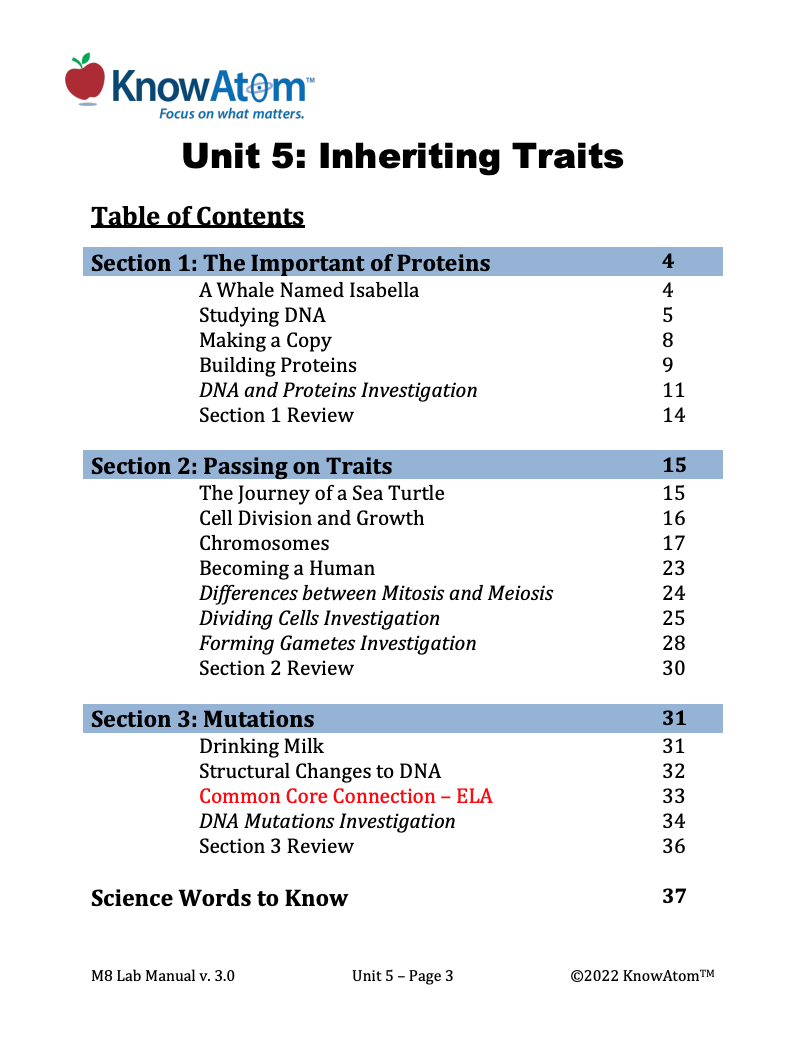
In this unit, students continue their exploration of the cell with a focus on the phenomenon of DNA. Students use models to compare and contrast asexual and sexual reproduction and to investigate how traits are passed down from parents to offspring. This page is a high-level extract of this lesson.
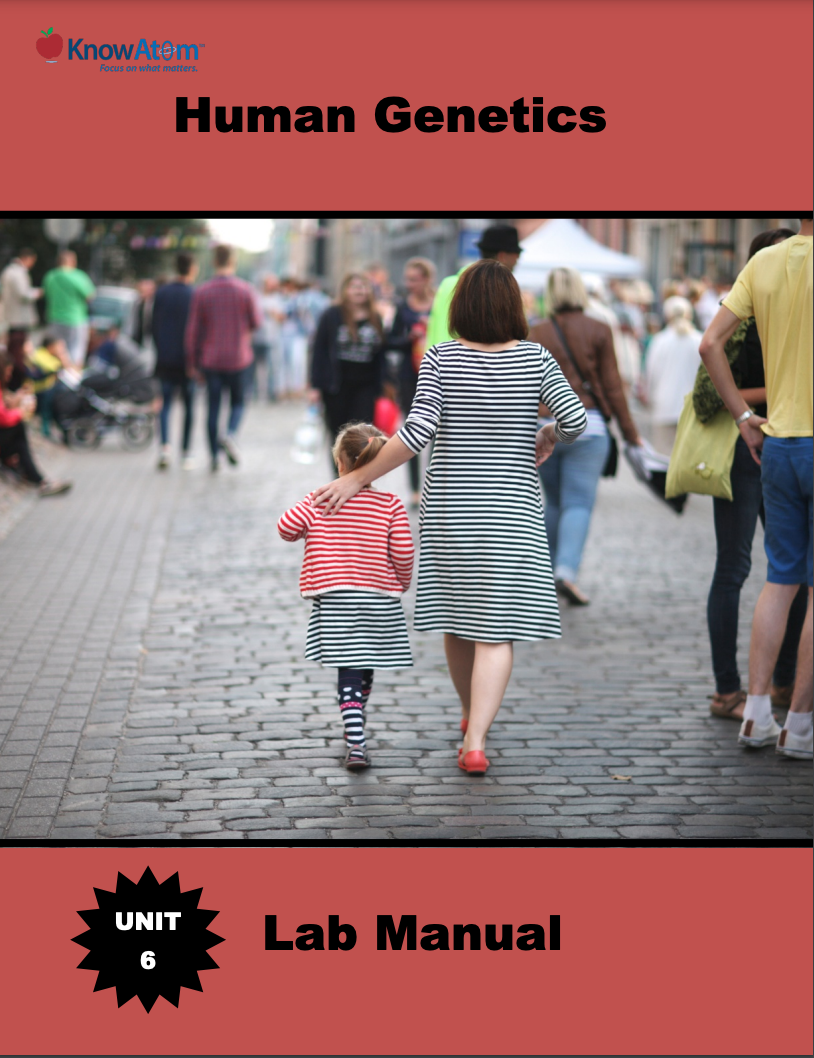
In this unit, students figure out connections between genes and heredity to evolution, focusing on figuring out the phenomena of how both genetic information and the environment influence how a population develops over time. Students investigate different kinds of evidence for life’s shared ancestry and then experiment with how adaptations help some organisms survive. Students end with an investigation into artificial selection.
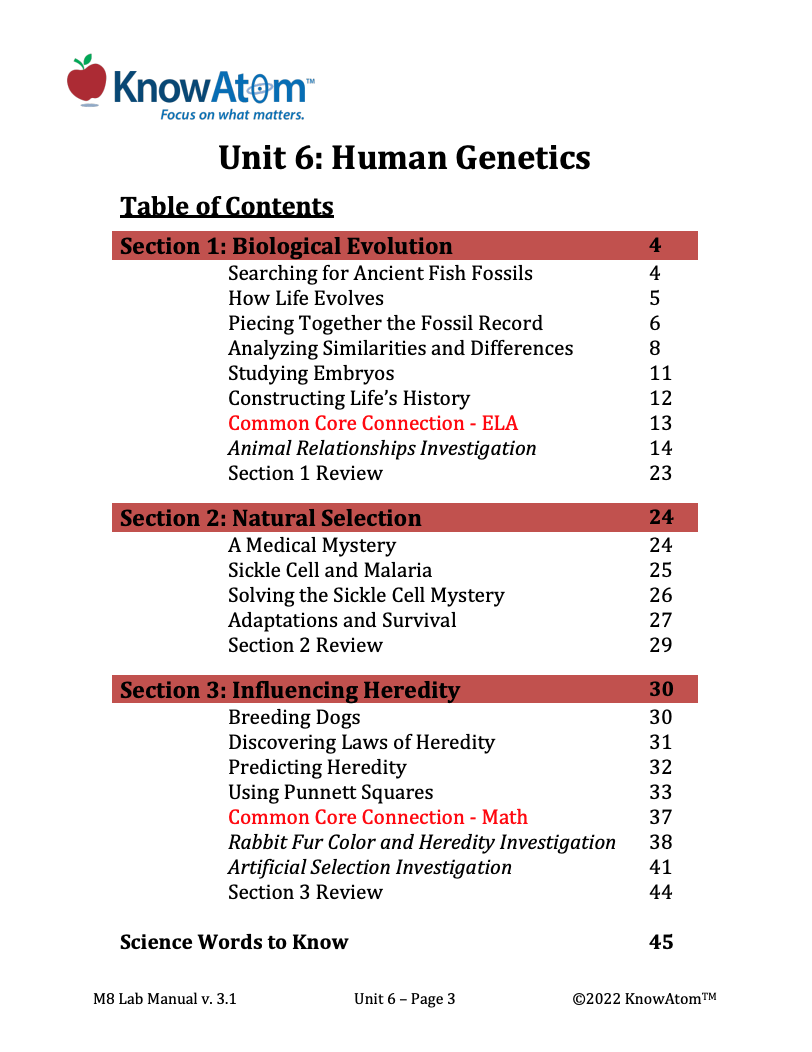
In this unit, students figure out the interconnectedness of genetics, heredity, and evolution. For this lesson, students create an experiment to observe the phenomenon of natural selection determining which organisms are most likely to survive and pass on their traits. This page showcases parts of key components of the lesson.
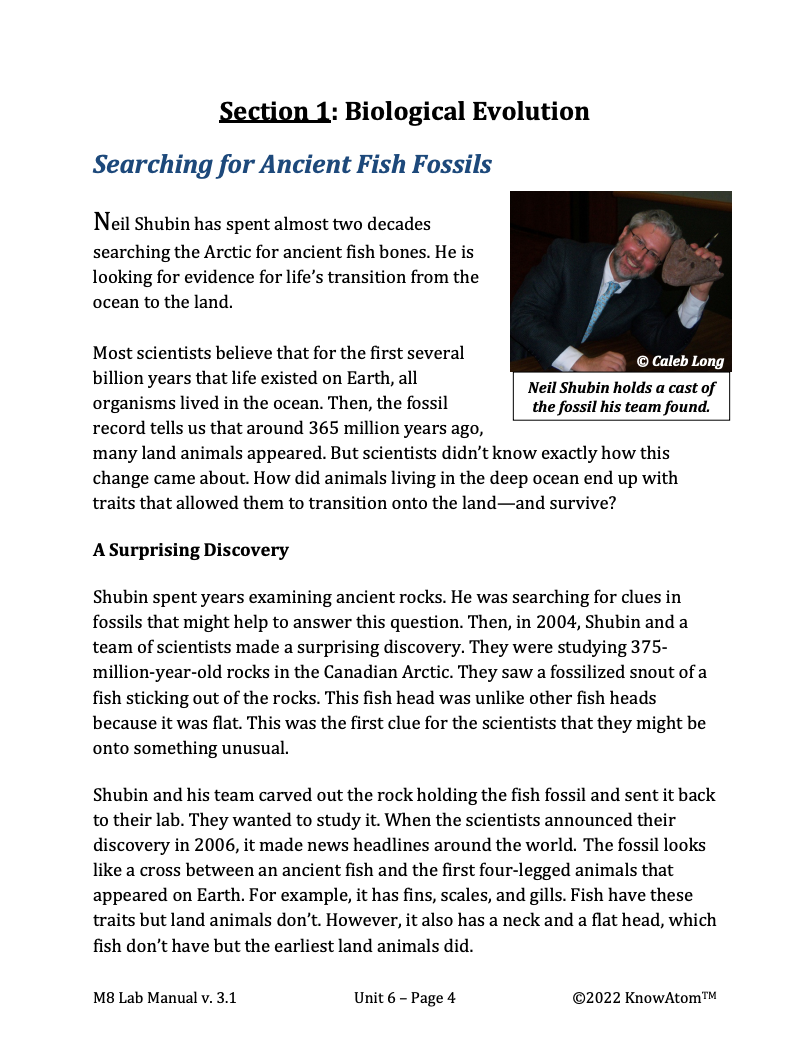
In this unit, students apply what they know about genes and heredity to evolution, focusing on how both genetic information and the environment influence the phenomena of how a population develops over time. In this lesson, students explore the phenomena of how adaptations help some organisms survive. Students also investigate artificial selection. This page showcases key parts of this lesson.
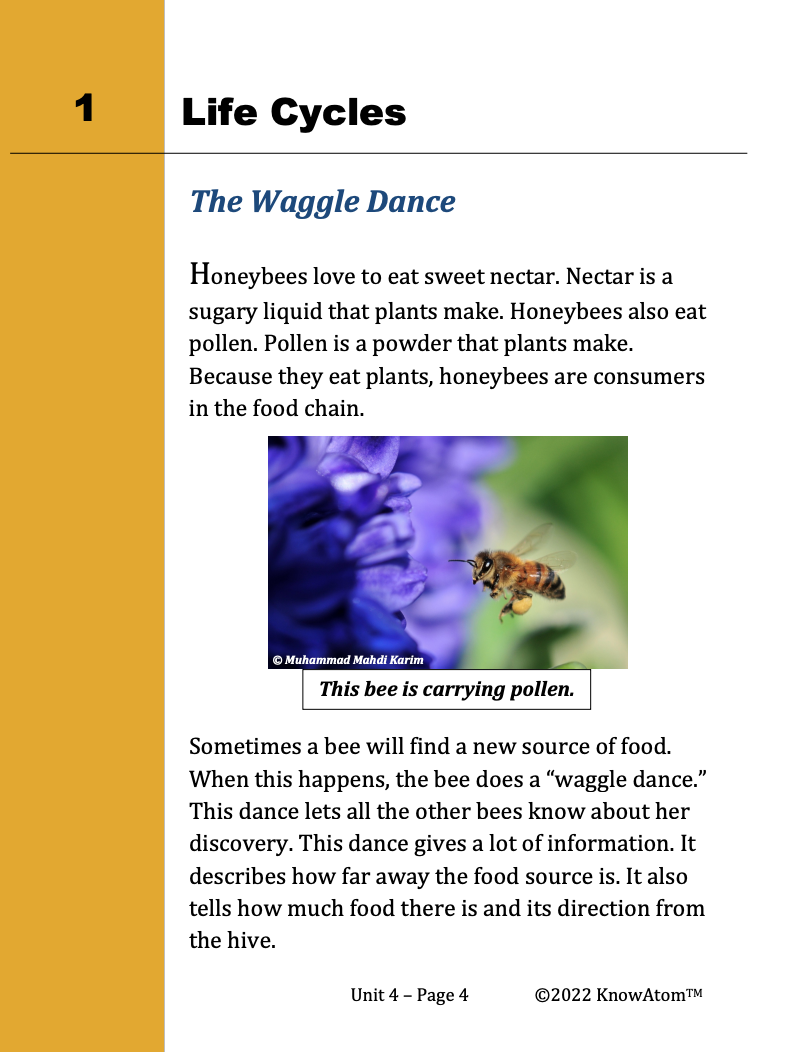
In this unit, students discover the life cycles of different organisms, tracing how individuals move from birth to growth, reproduction, and death. In this lesson, students analyze the science phenomena of how traits are passed down from parent to offspring. This page provides an overview of all the parts of this lesson.
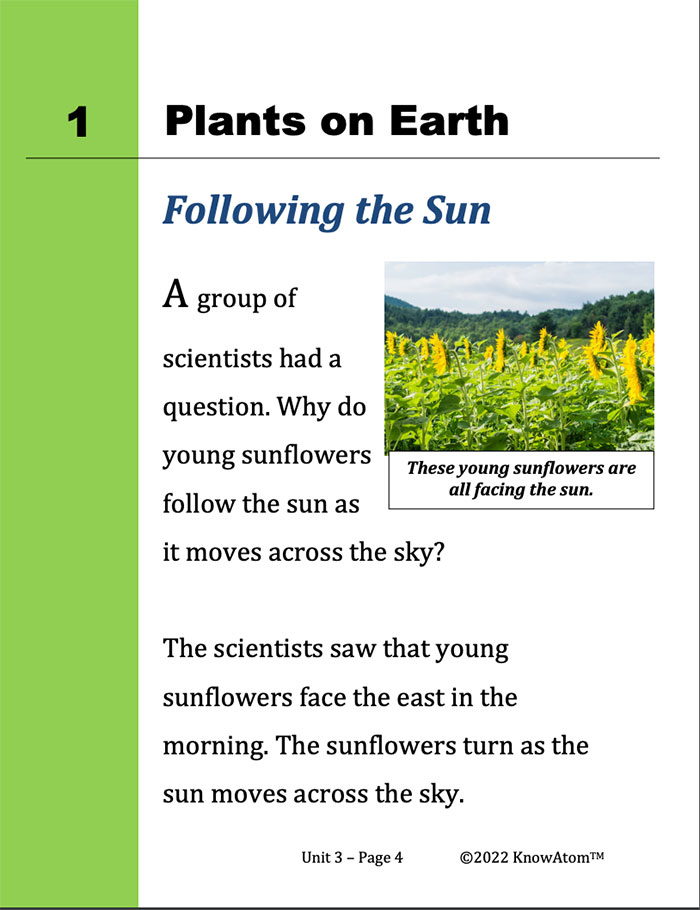
In this unit, students begin an exploration of life sciences. Once students have described the differences between living and nonliving things and analyzed what all living things need to survive, they focus on the parts of plants that help them get what they need to survive.
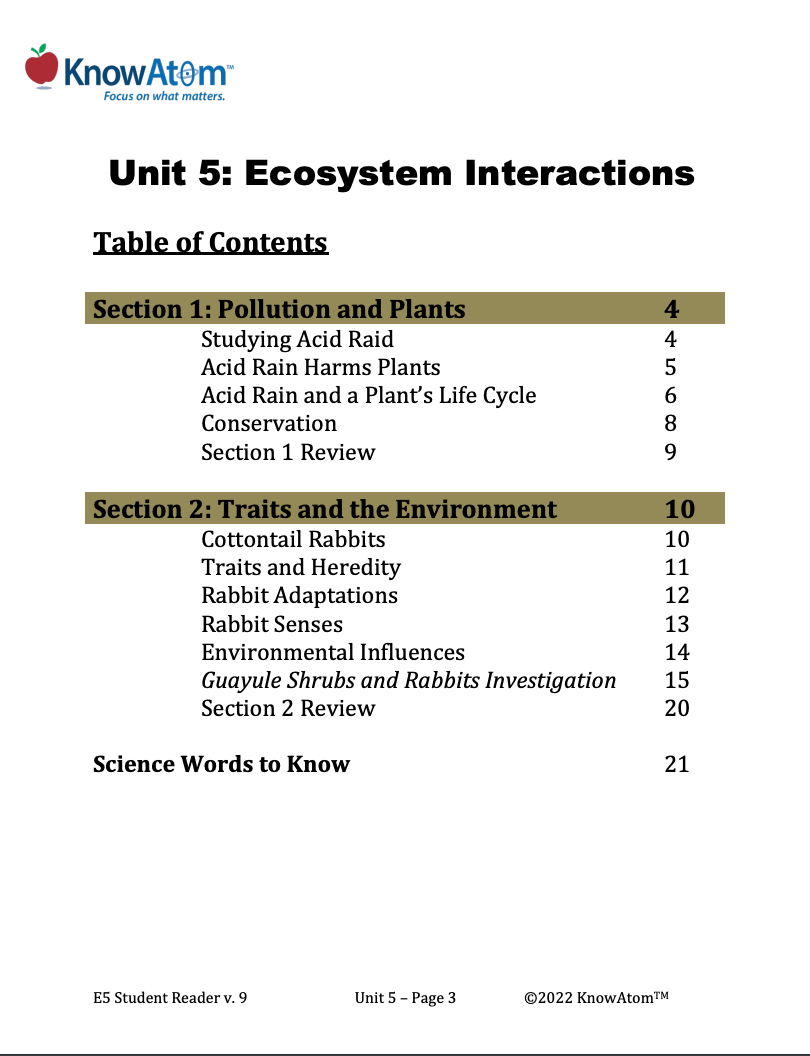
In this unit, students evaluate the science phenomena of how a change to an ecosystem can impact the living things that make it up. In this lesson, students explore how a change to the kind of plants in an environment results in a ripple effect phenomena on predation in the area. This page is a high-level extract of this lesson.
Standards citation: NGSS Lead States. 2013. Next Generation Science Standards: For States, By States. Washington, DC: The National Academies Press. Neither WestEd nor the lead states and partners that developed the Next Generation Science Standards were involved in the production of this product, and do not endorse it.
